-
×
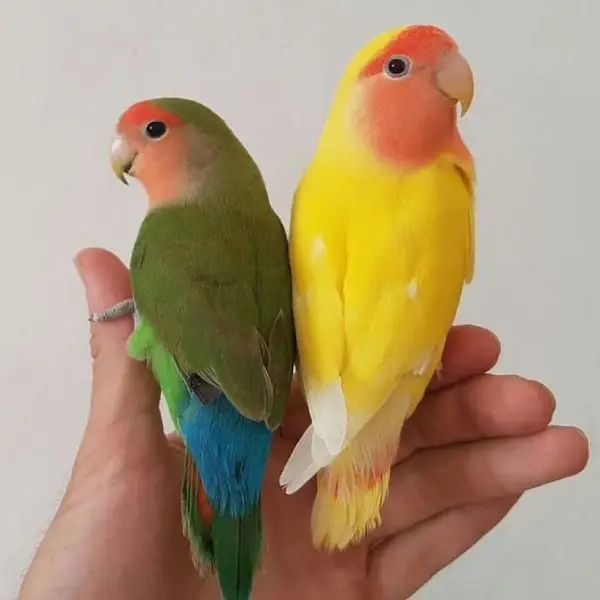 Common Lutino
1 × ₨ 5,000
Common Lutino
1 × ₨ 5,000 -
×
 Zebra Finch
1 × ₨ 1,500
Zebra Finch
1 × ₨ 1,500 -
×
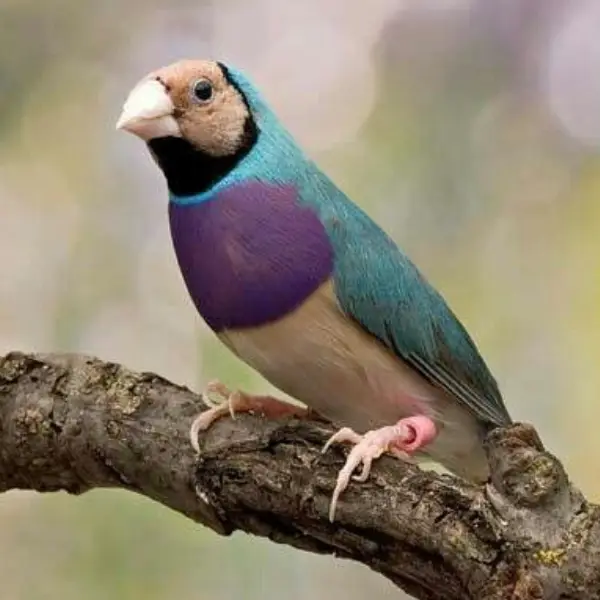 Blue Gouldian Finch
1 × ₨ 20,000
Blue Gouldian Finch
1 × ₨ 20,000 -
×
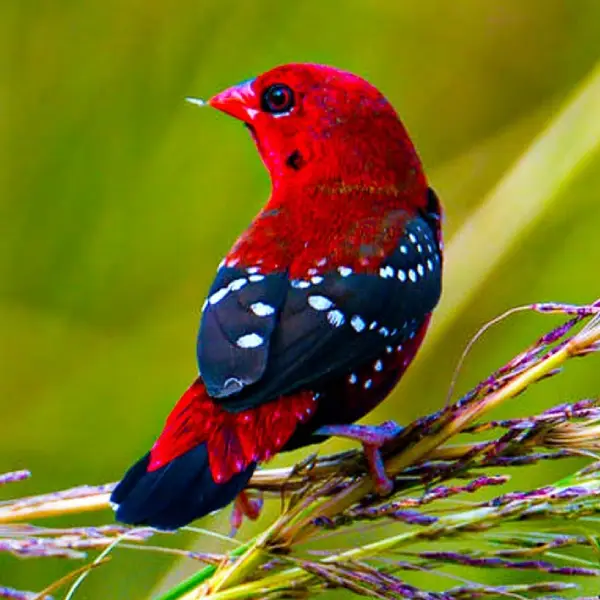 Strawberry Finch
2 × ₨ 3,500
Strawberry Finch
2 × ₨ 3,500 -
×
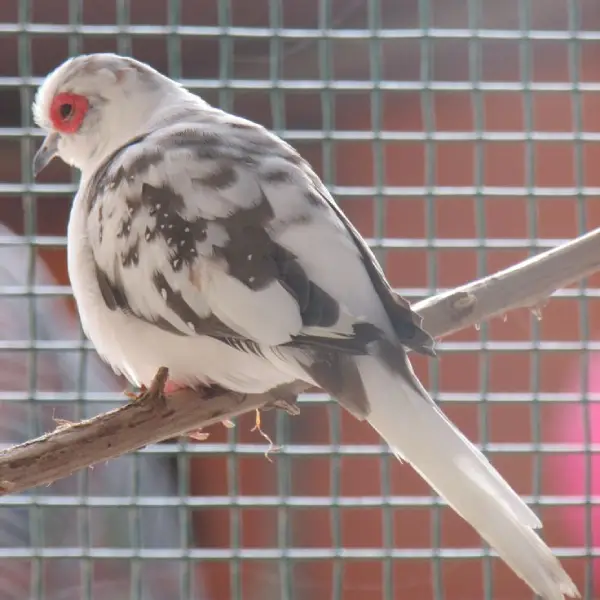 Diamond Pied Dove
3 × ₨ 5,000
Diamond Pied Dove
3 × ₨ 5,000 -
×
 Lotino Gouldian Finch
1 × ₨ 12,000
Lotino Gouldian Finch
1 × ₨ 12,000 -
×
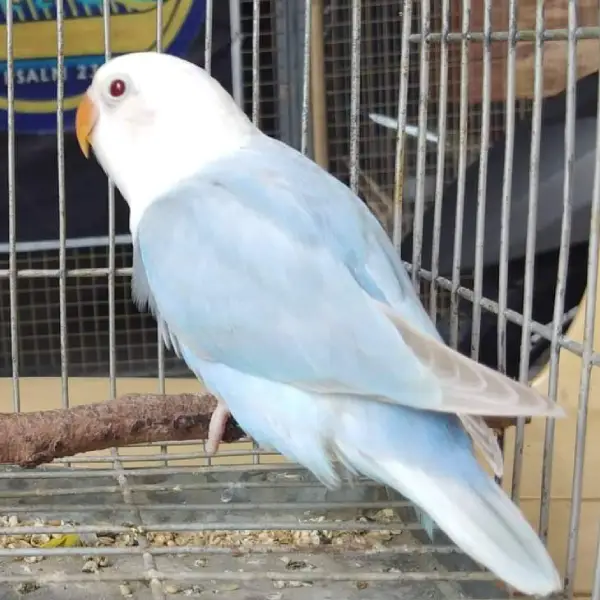 Blue Opaline Pale Fellow
1 × ₨ 30,000
Blue Opaline Pale Fellow
1 × ₨ 30,000 -
×
 White Zebra Dove
1 × ₨ 35,000
White Zebra Dove
1 × ₨ 35,000 -
×
 Euro Bengalese
1 × ₨ 3,000
Euro Bengalese
1 × ₨ 3,000 -
×
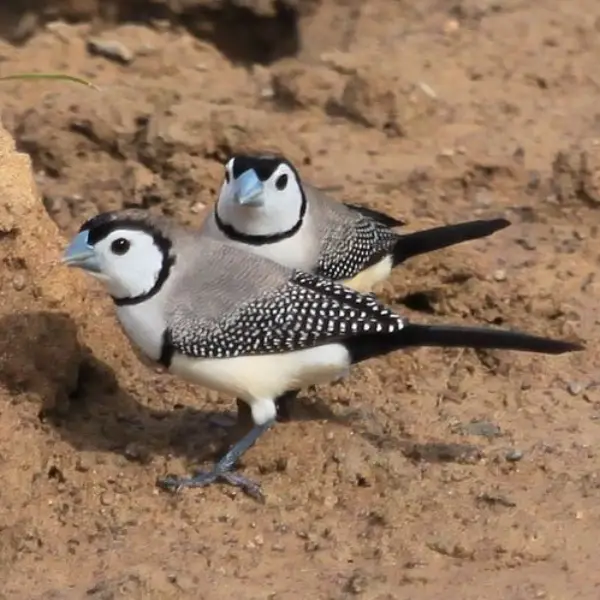 Owl Finch
1 × ₨ 16,000
Owl Finch
1 × ₨ 16,000 -
×
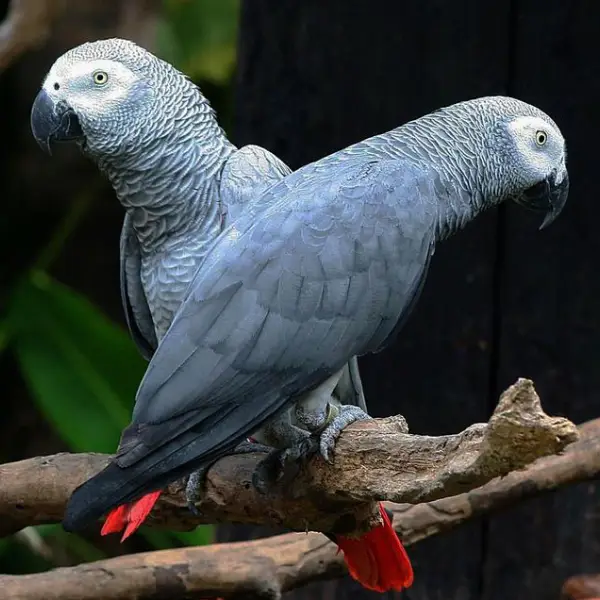 African Grey
1 × ₨ 375,000
African Grey
1 × ₨ 375,000 -
×
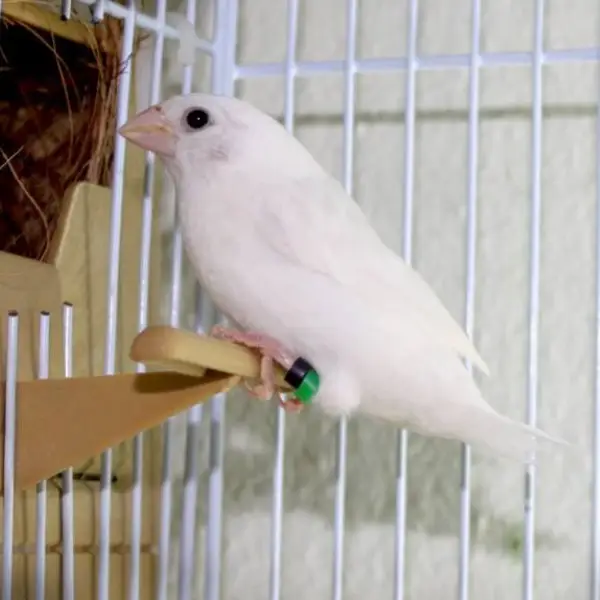 White Bengalese
2 × ₨ 1,500
White Bengalese
2 × ₨ 1,500 -
×
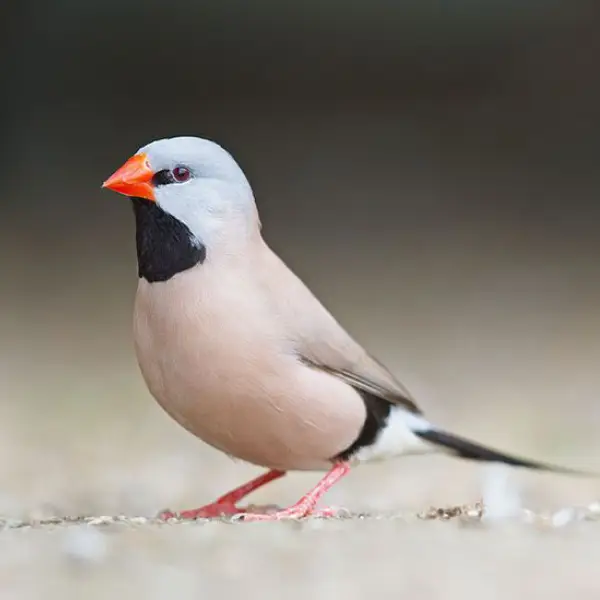 Gray Shaft Tail
1 × ₨ 14,000
Gray Shaft Tail
1 × ₨ 14,000 -
×
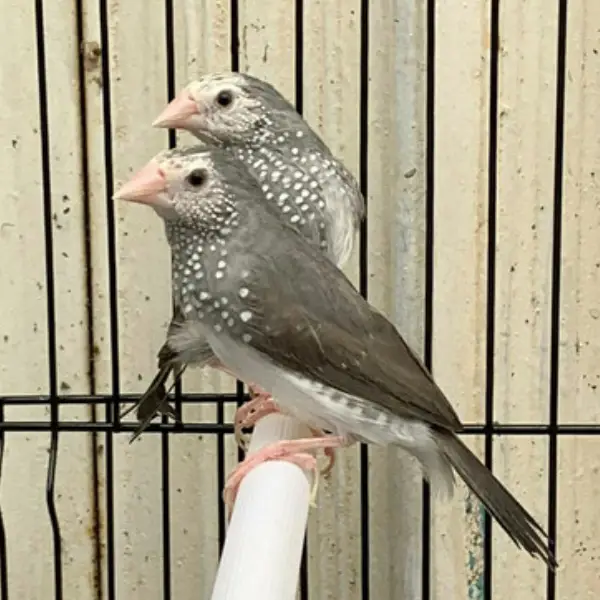 Blue Star Finch
1 × ₨ 20,000
Blue Star Finch
1 × ₨ 20,000 -
×
 Silver Diamond Firetail Finch
1 × ₨ 25,000
Silver Diamond Firetail Finch
1 × ₨ 25,000 -
×
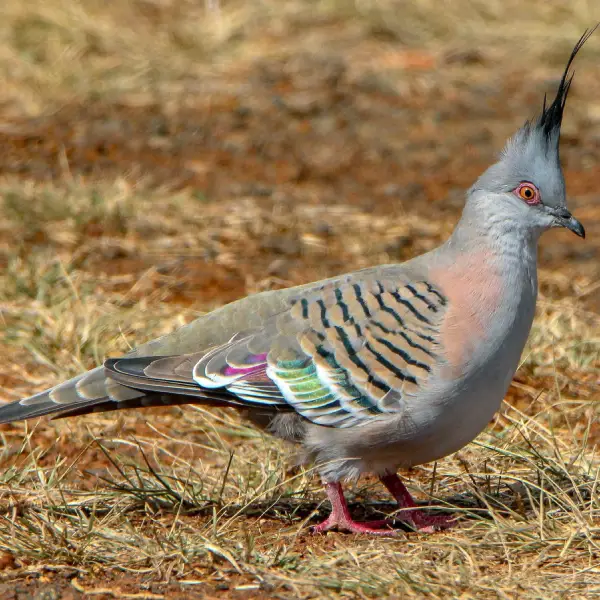 Crested Dove
1 × ₨ 35,000
Crested Dove
1 × ₨ 35,000
Subtotal: ₨ 616,500

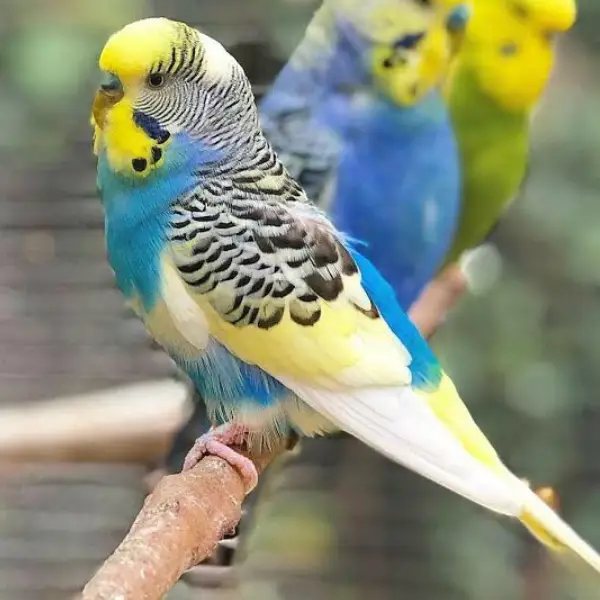

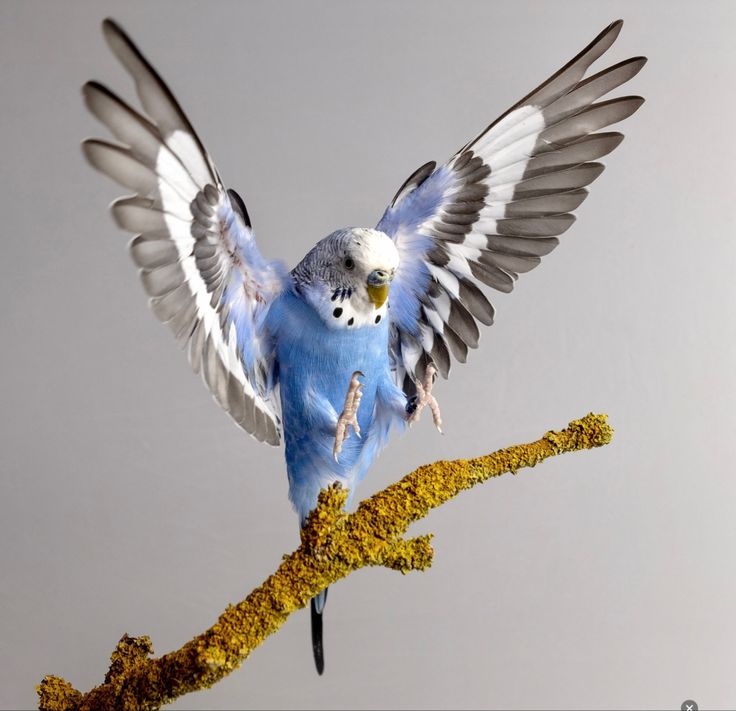
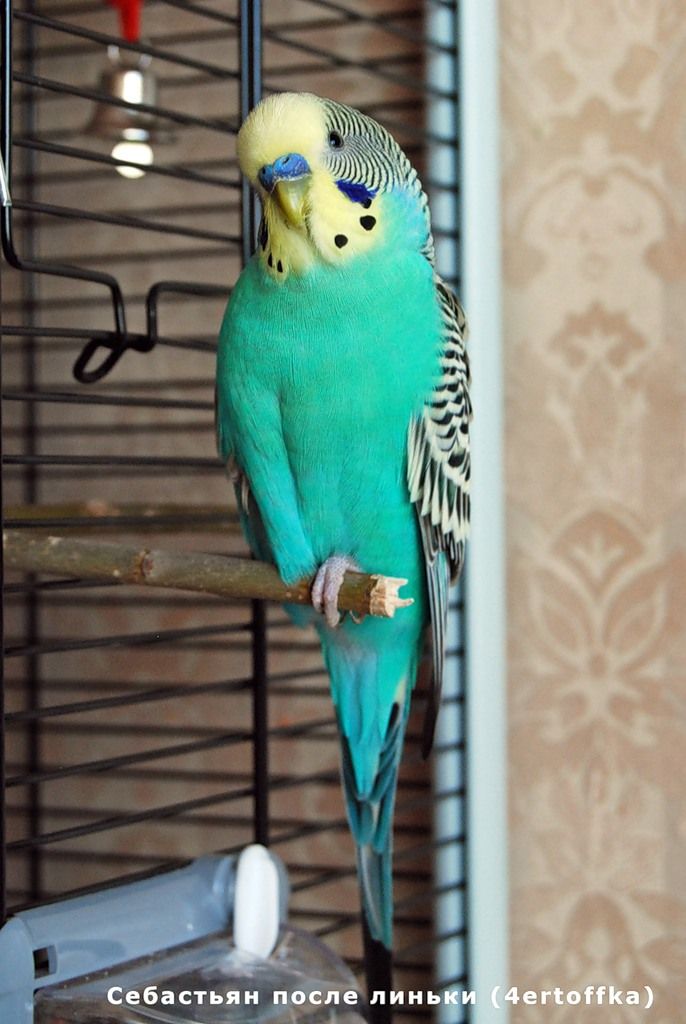
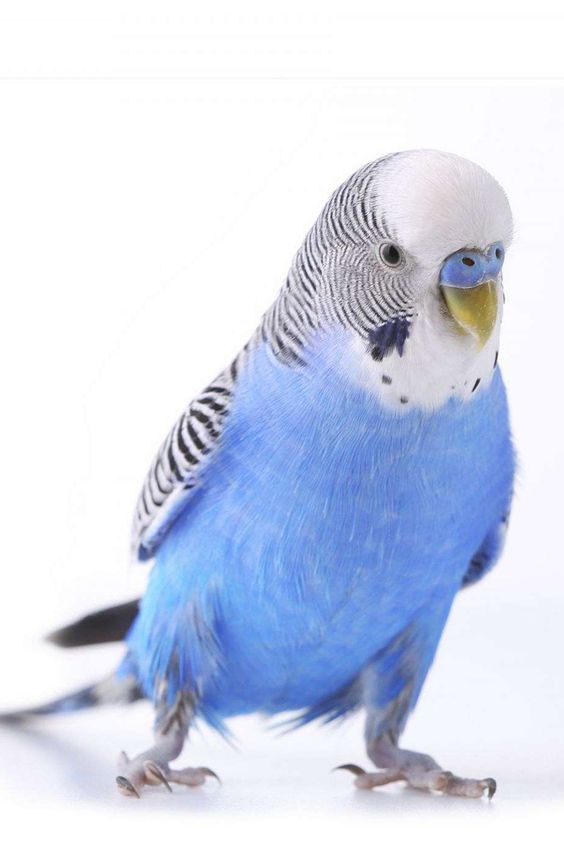



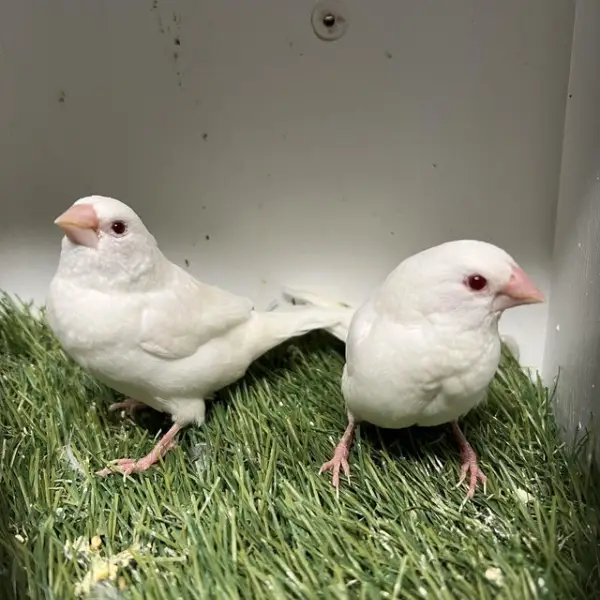

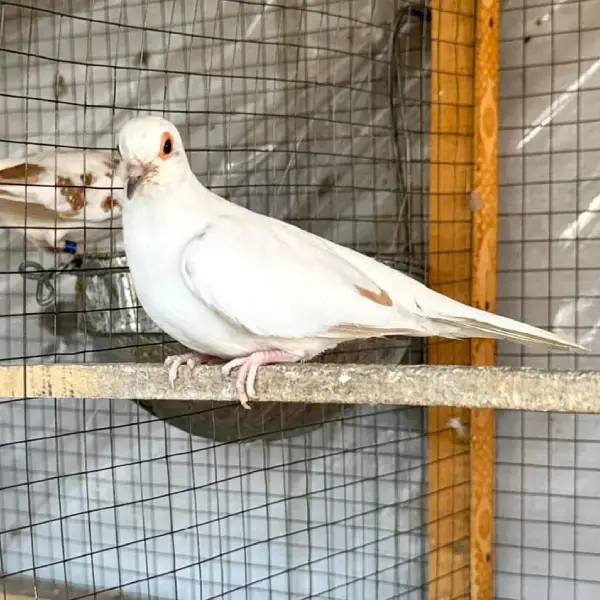
Reviews
There are no reviews yet.